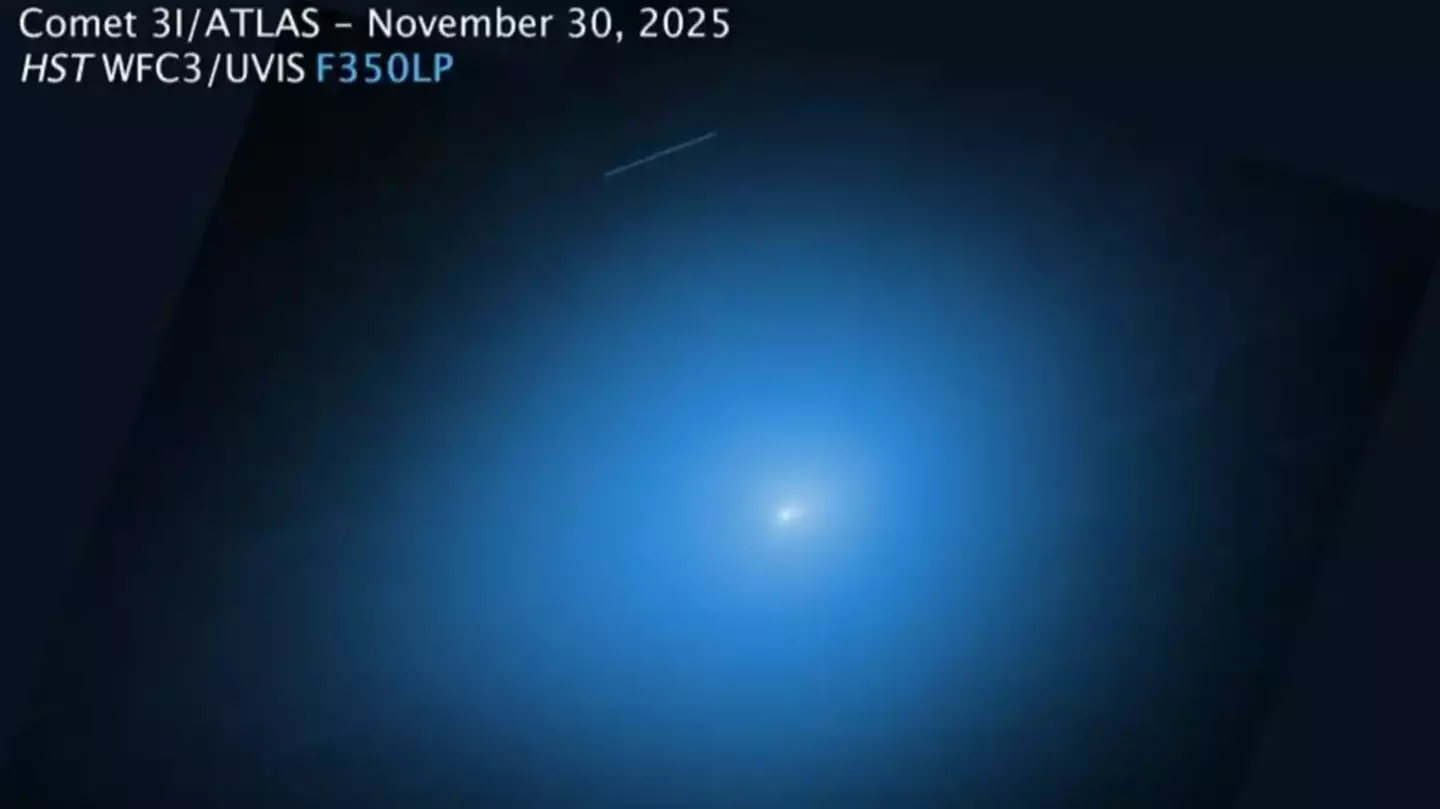


3I/ATLAS is getting closer to Earth and some think its 'jets' are helping it get there

This thing is over 12 miles thick

How to see 'potentially hostile' interstellar object as it moves incredibly close to Earth this week
Get your telescopes at the ready, lads
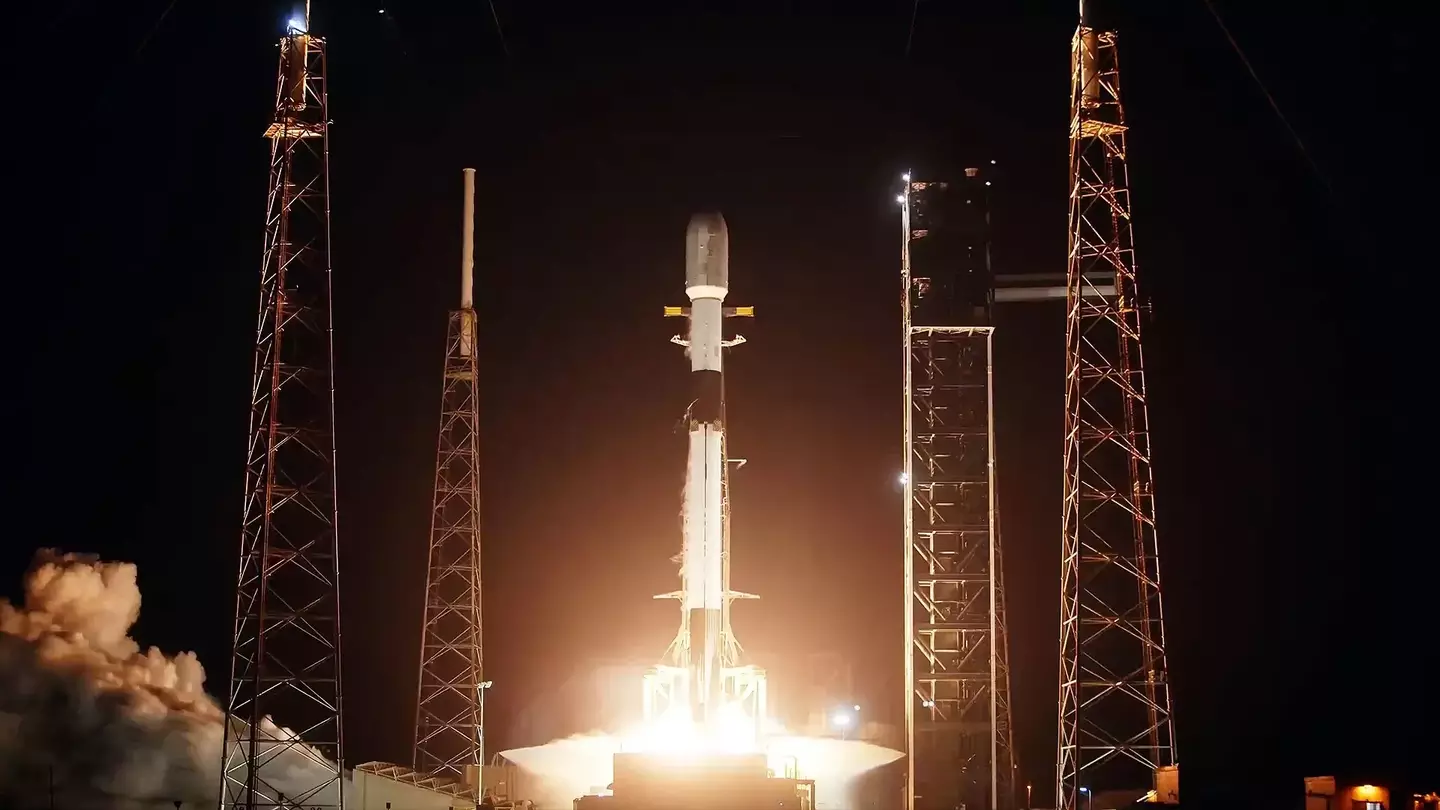
SpaceX has launched 29 new Starlink satellites into low Earth orbit

Myocarditis is inflammation of the heart muscle, which can often occur following a virus
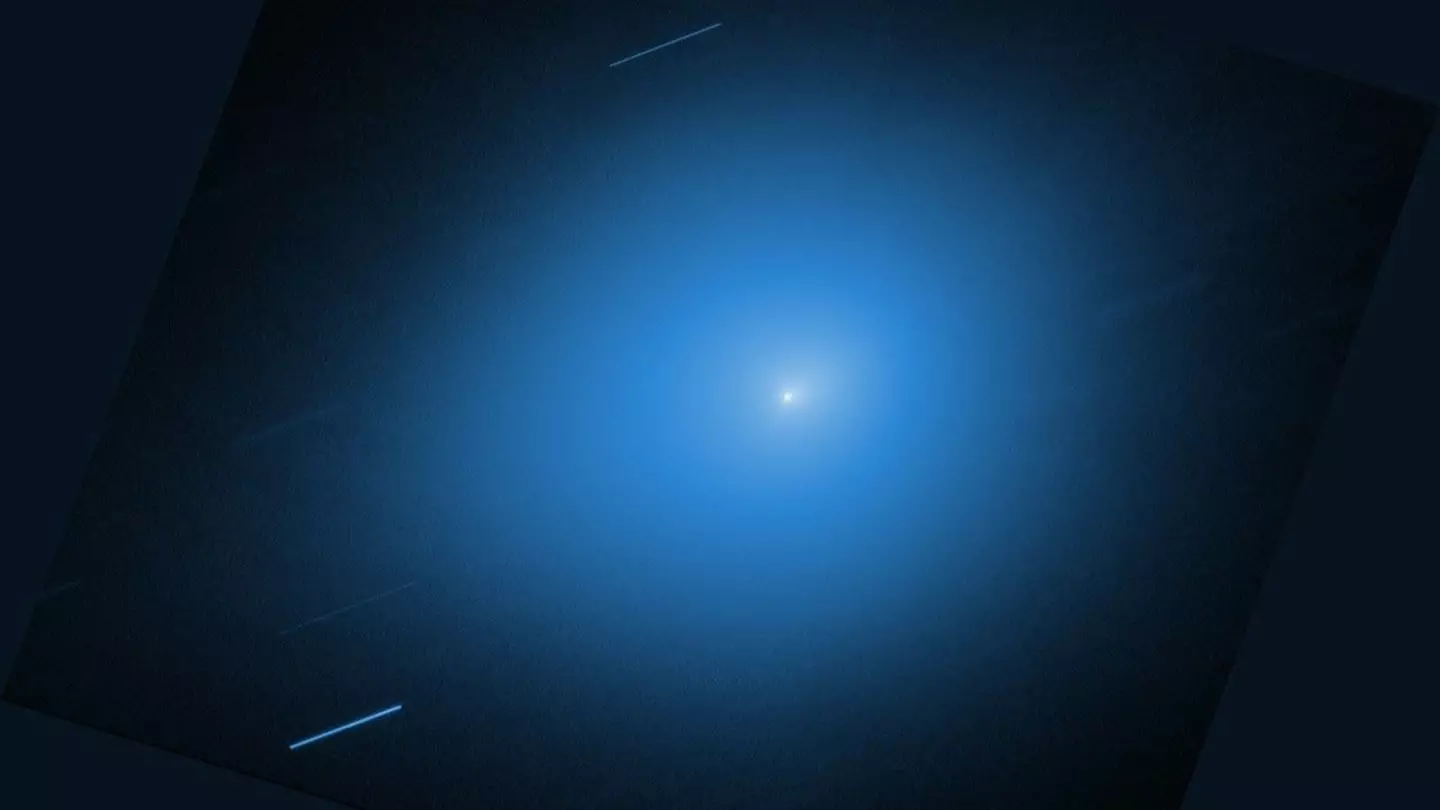
A scientist has noticed something unusual about the comet as it comes closer

Their research found the two times where you start getting significantly older

There have been many possible explanations, but one is particularly unsettling - especially today
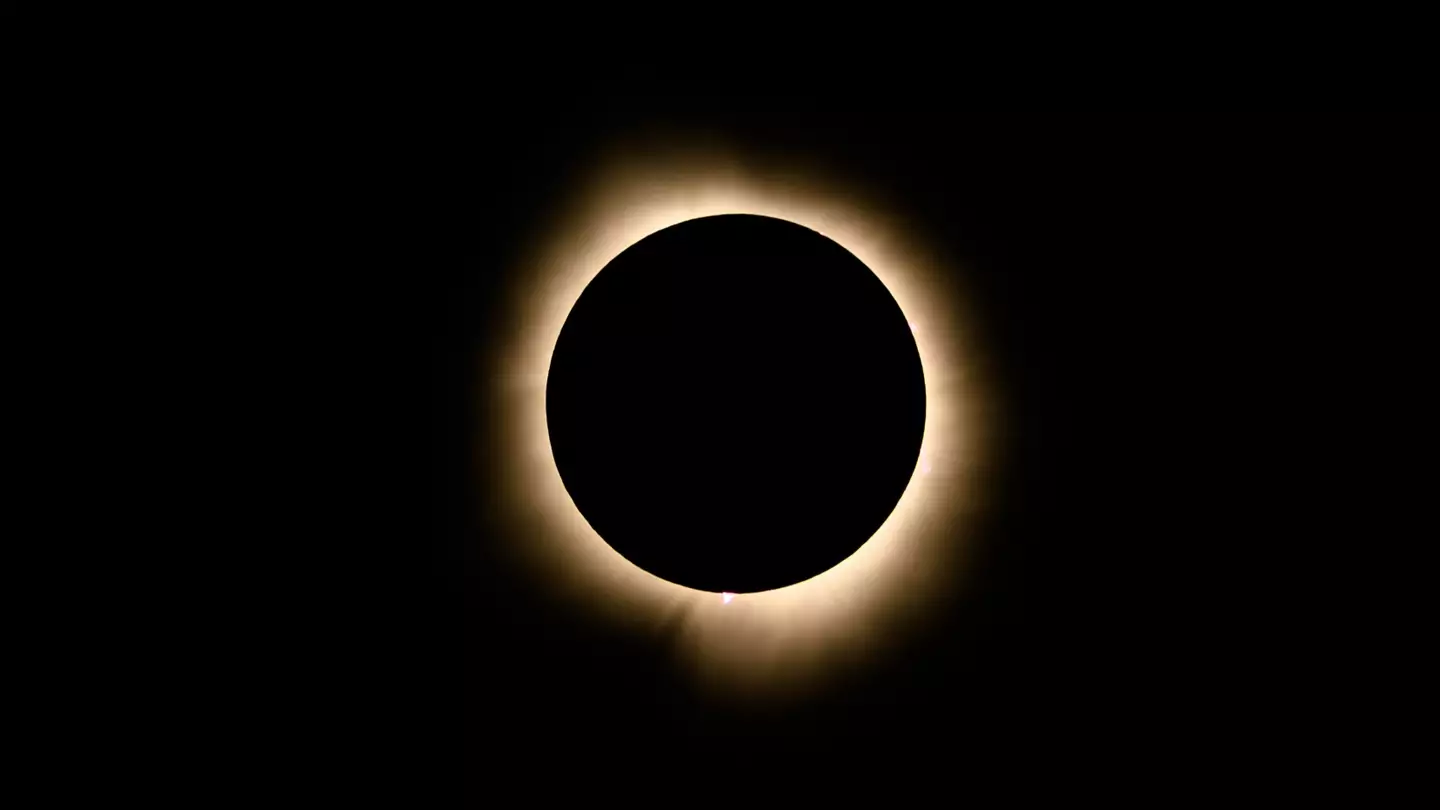
The Great North African Eclipse will see the Earth plunged into darkness as the moon completely eclipses the sun for more than six minutes

The billionaire has had a big change of heart
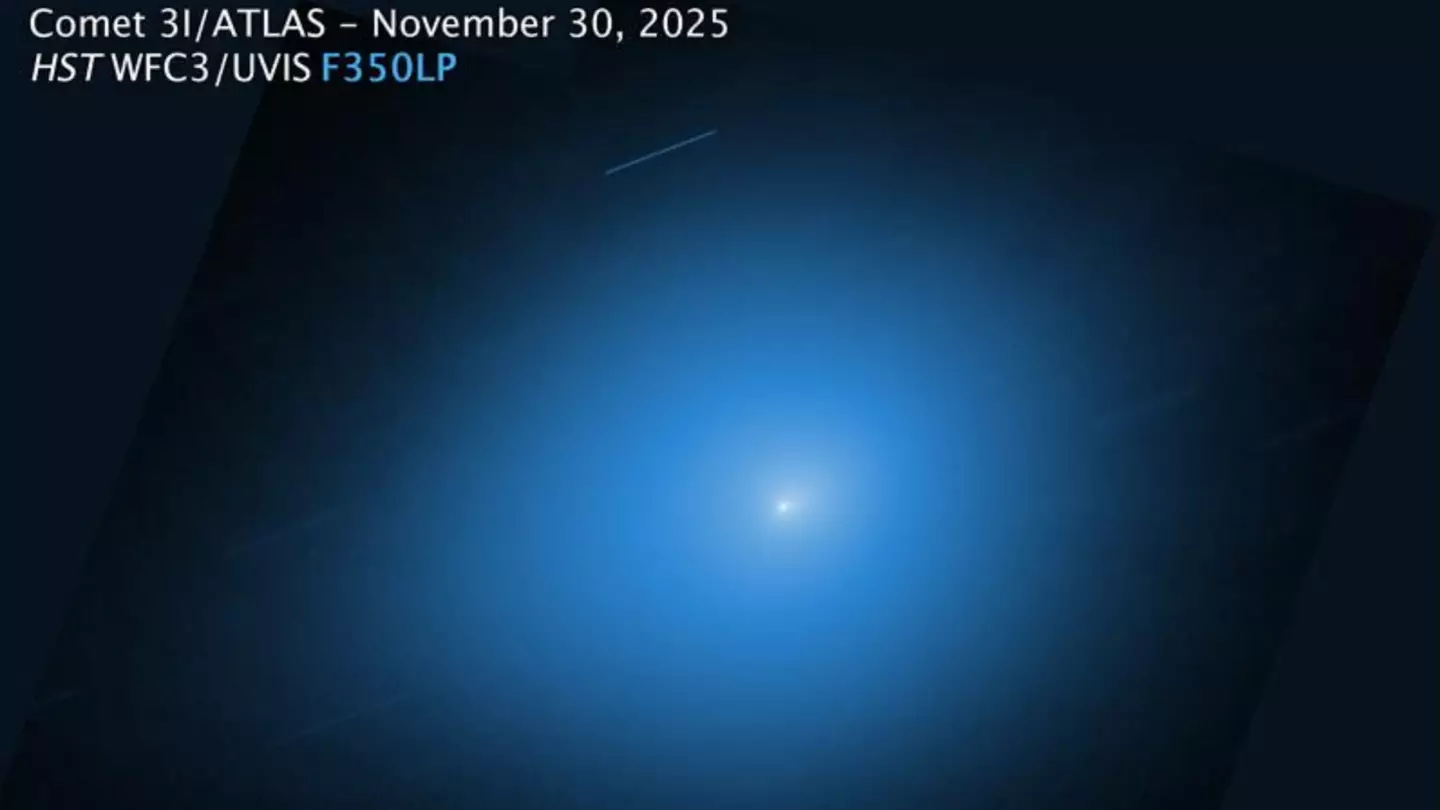
An X-ray image reveals further details
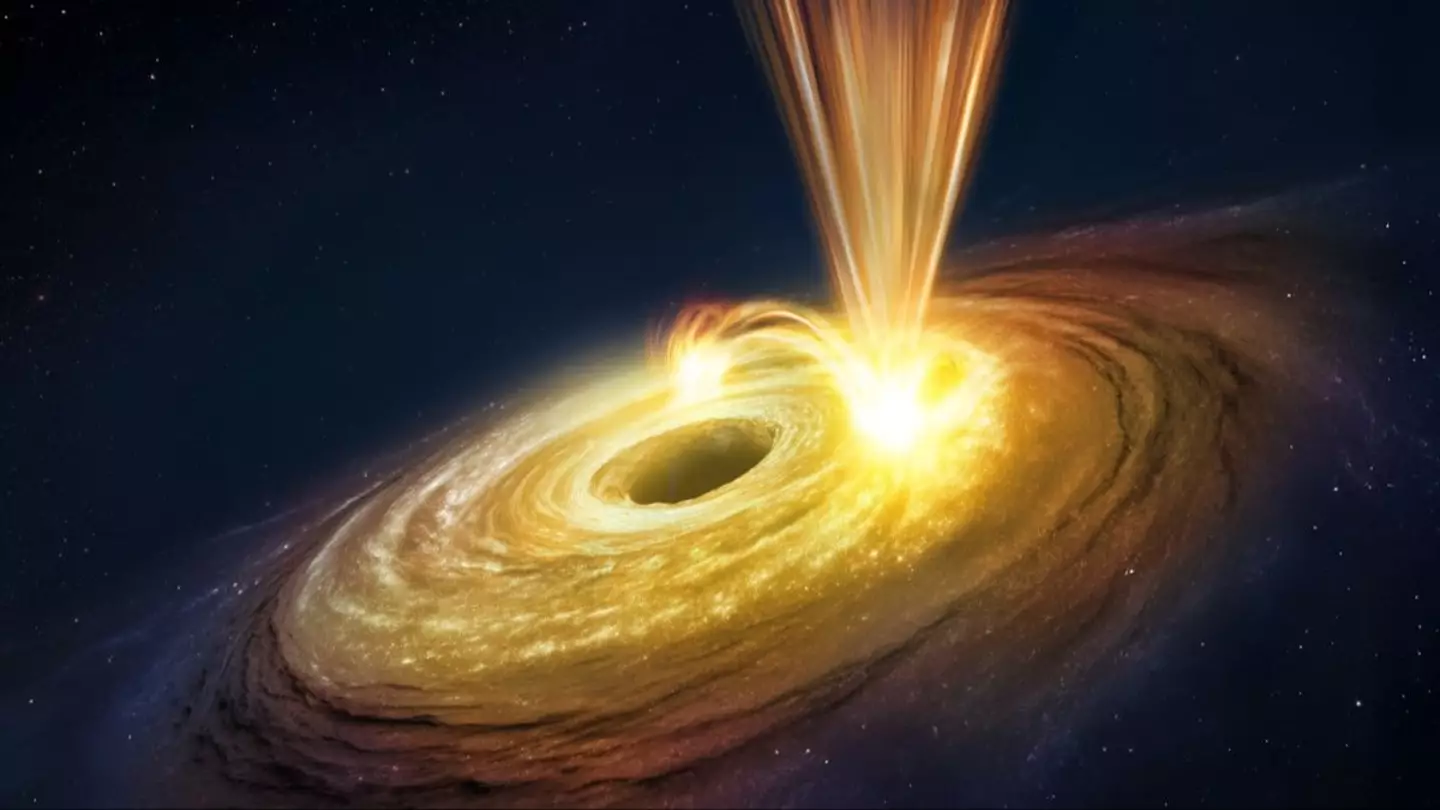
Astronomers noticed the event 130 million light-years away
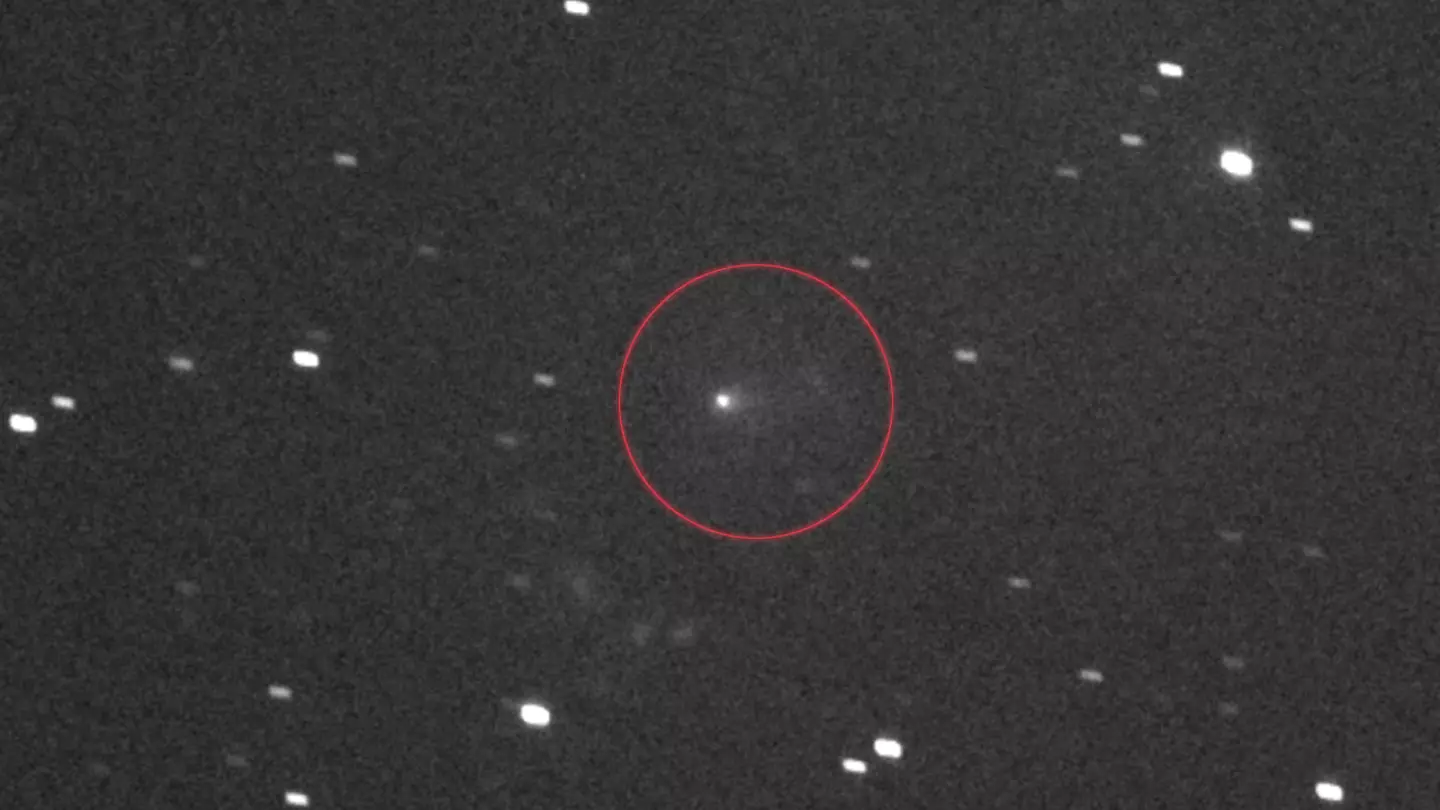
NASA astrochemist Dr Martin Cordiner and his team at the Goddard Space Flight Center have made an interesting observation

It's only the third ever interstellar object we've spotted

Scientists say the comet is 'pulsing'
.jpg)
American psychiatrist Rami Kaminski came up with the term after recognising its traits in both himself and some of his patients

People were blown away after watching the speed of light for the first time
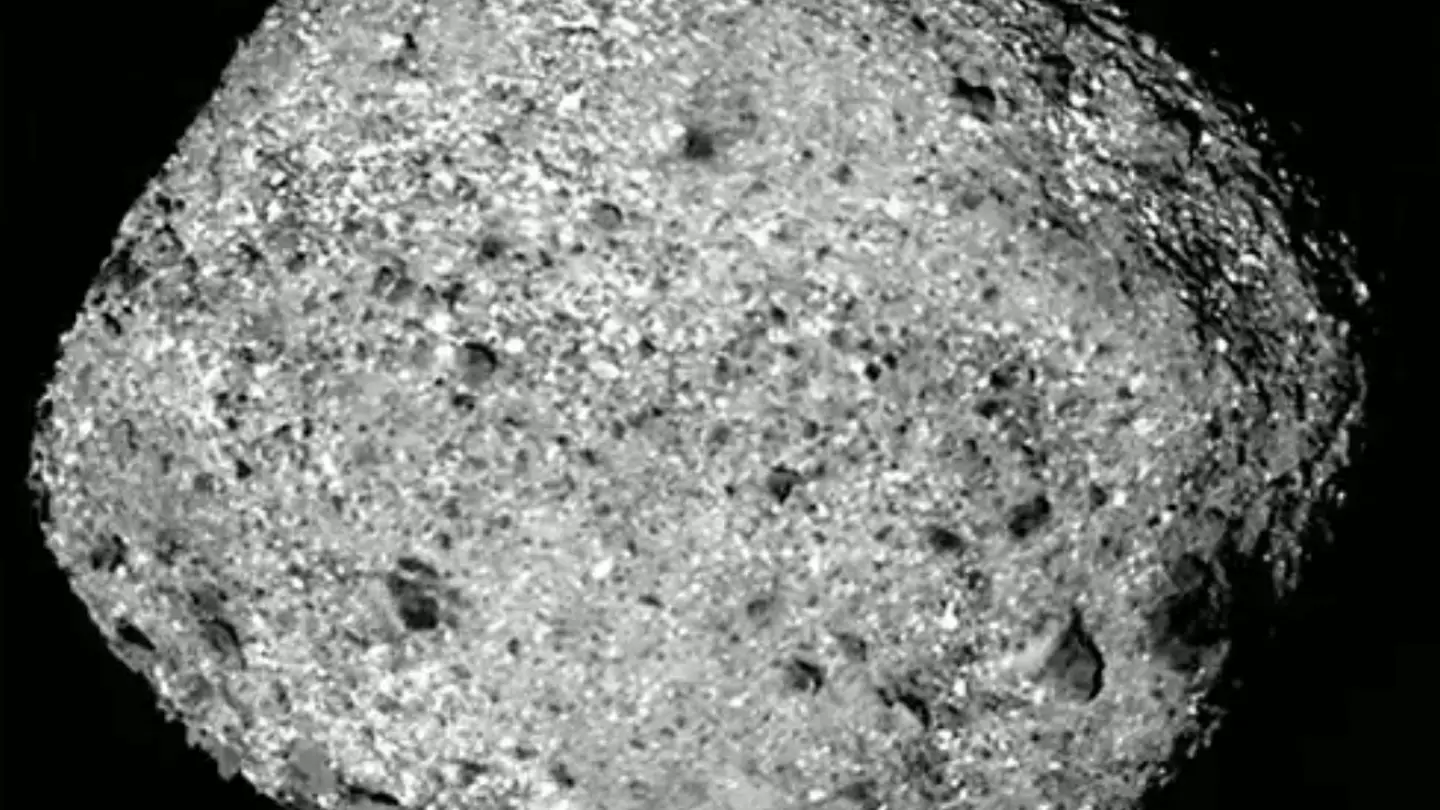
Scientists analysing the Bennu samples said this has never been seen before

The behaviour of black mould found in the Chernobyl exclusion zone provides hope for cleaning up radiation zones

It would really suck if we are all just living in The Truman Show or The Matrix

Humanity is apparently riddled with conservative penises
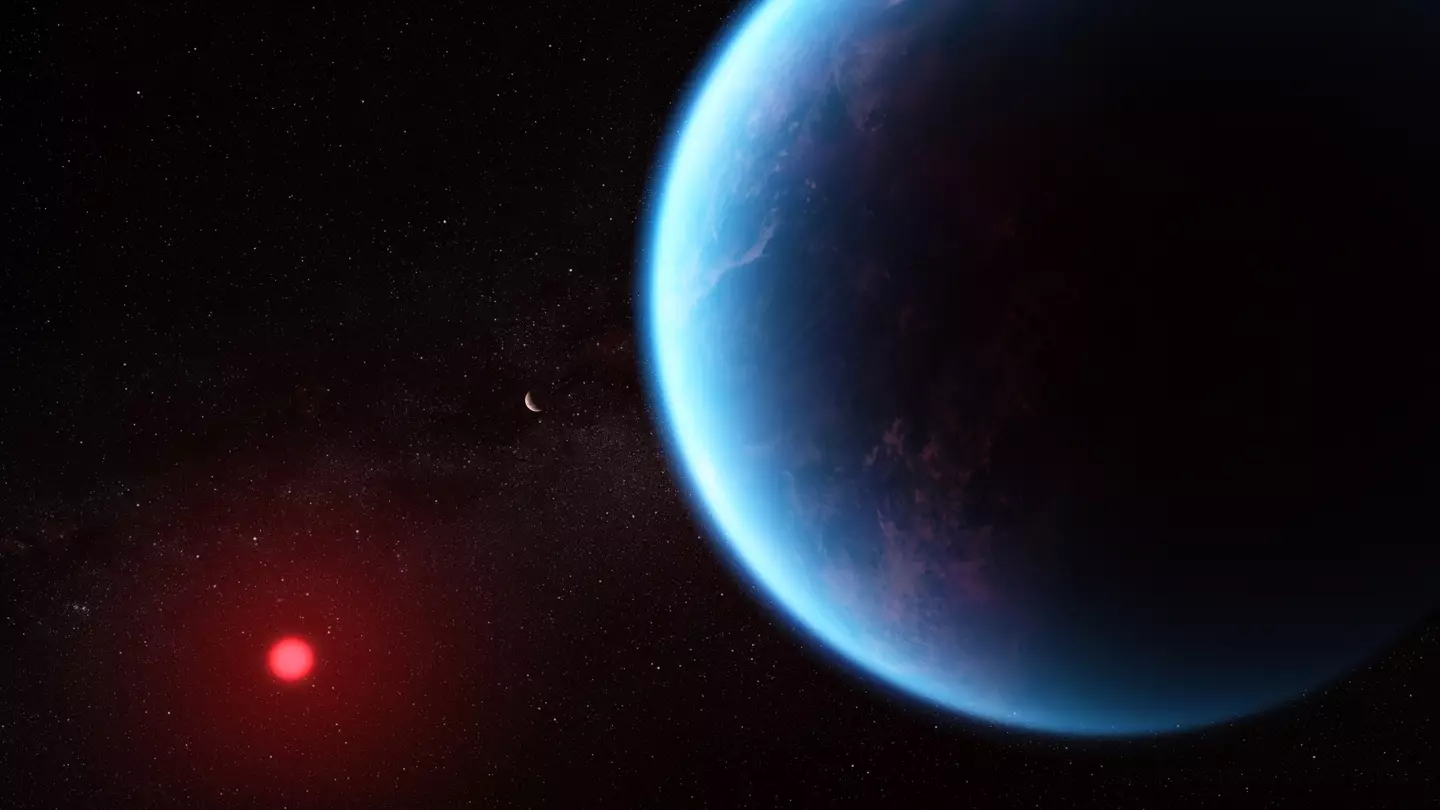
Further research into the planet, known as K2-18b, suggests it might not be as lively as we first thought

3I/ATLAS is the third interstellar object on record to enter our solar system as a Harvard scientist thinks it's an alien 'mothership'




